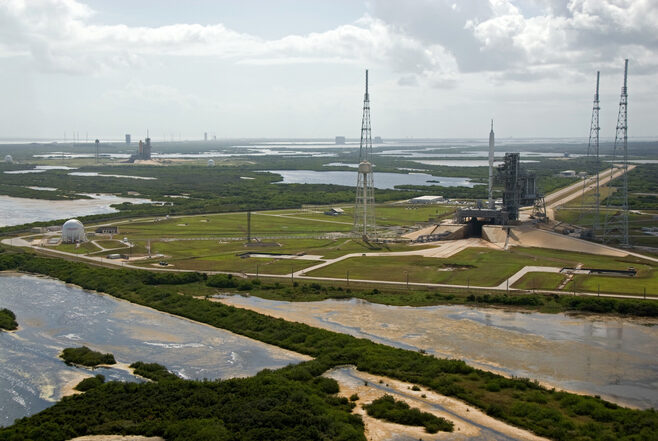Lightning rods generally do not avoid direct lightning strikes but instead “arrest” them. They attract lightning strikes and transfer the energy discharges to the ground rather than passing it to the building. Conventional lightning rod protection technically can re-route the direct lightning strikes away from the buildings, because direct lightning strikes can/may cause huge fires and damage both to the buildings and people as well.
The lightning rod protection solution by LEC is the charge transfer system.
Active lightning protection systems use various technologies to increase their potential to deter lightning strikes, while passive lightning protection systems only protect a limited number of specific objects, such as building roofs, chimneys, and lightning poles, provided they are installed correctly for their intended position.
The concept behind CTS (Charge Transfer System) lightning rod protection is air deionization. Their primary goal is to prevent electrostatic charge saturation between the earth installation and the surrounding atmosphere, thereby gently offsetting the local electric potential differential during the initial stages of lightning formation.
During the storm process, a high tension field on earth proportional to the cloud’s charge and its gap’s distance to the floor is generated. The installation’s electrostatic charge is progressively compensated to earth as the potential difference between cloud and earth increases, neutralizing the effect ground point in 100% of all cases (Tracer or Leader). The lightning rod protection by LEC does not incorporate any radioactive source.
This Lightning Rod has two aluminum electrodes separated by a dielectric isolator. A small stainless steel mast supports it. Its shape is spherical, and the system is connected in series between the earth and the surrounding atmosphere.
The main goal is to avoid the formation and discharge of lightning in the protection zone.
Traditional lightning rod protection falls short of completely addressing the risks associated with lightning, which are real. We are a full-service manufacturing company equipped to handle your trickiest surge suppression, grounding, and lightning rod protection problems.
We design internal and external lightning protection systems that range from simple office and administration buildings to large industrial plants for all types of industry sectors, such as photovoltaic plants and the petrochemical industry.
